Engine sensor control system is the core of the entire automotive sensor
When the car engine is running, various systems operate under different conditions, such as water temperature, oil temperature, intake pressure, and throttle position. The data from the car’s computer cannot be directly interpreted; it must be converted into an electrical signal that the onboard computer can understand. Car sensors perform the crucial task of converting physical parameters like light, electricity, temperature, and pressure into electrical signals, which are then fed into the vehicle’s control system. This system processes the information using pre-programmed algorithms to determine the car's operational status.
The engine sensor control system serves as the core of the automotive sensor network. It includes a variety of sensors such as temperature, pressure, position, speed, flow, oxygen, and knock sensors. These sensors provide critical data about the engine’s condition to the Engine Control Unit (ECU), enabling precise calculations and control. This ensures optimal engine performance, fuel efficiency, reduced emissions, and early fault detection.
Given the extreme conditions in which engines operate—such as high temperatures (up to 650°C in the exhaust manifold), vibrations (30 g), impacts (50 g), and humidity (100% RH)—engine sensors must be highly durable. Their technical specifications are typically one to two orders of magnitude higher than those of standard industrial sensors. Accuracy and reliability are especially crucial, as even minor sensor errors can lead to improper engine operation or failure.
Temperature sensors are used to monitor engine coolant, intake air, fuel, and catalyst temperatures. They come in various types, including wirewound resistors, thermistors, and thermocouples. Each has its own advantages: thermistors offer high sensitivity but poor linearity, while thermocouples provide wide temperature ranges but require amplification. Practical applications include general-purpose thermistor sensors (-50°C to 130°C, 1.5% accuracy) and high-temperature types (600°C to 1000°C, 5% accuracy).
The engine coolant temperature sensor sends a signal to the ECU for adjustments in fuel injection, ignition timing, idle speed, and emissions control. Similarly, the Intake Air Temperature (IAT) sensor measures air temperature entering the engine, influencing fuel delivery and ignition timing. A faulty temperature sensor can cause starting difficulties, increased fuel consumption, and higher emissions.
Pressure sensors detect cylinder vacuum, atmospheric pressure, turbo boost, and oil pressure. Capacitive and piezoresistive types are commonly used, with capacitive sensors offering good dynamic response and piezoresistive ones requiring temperature compensation. The Manifold Absolute Pressure (MAP) sensor plays a key role in determining fuel injection duration and ignition timing.
Flow sensors measure air and fuel flow rates. Airflow sensors include vane, Karman vortex, hot-wire, and hot-film types, each with different characteristics. Fuel flow sensors use wheel or ball-type designs, providing accurate readings for efficient combustion.
Position and speed sensors track crankshaft, camshaft, throttle, and vehicle speed. Hall effect, optical, and magnetic types are widely used. A malfunctioning crankshaft position sensor can lead to starting issues, rough idling, and poor acceleration.
Oxygen sensors, particularly zirconia and titania types, monitor exhaust gas composition to maintain the ideal air-fuel ratio. They help the ECU adjust fuel injection for optimal performance and emissions control.
Knock sensors detect abnormal combustion, sending signals to the ECU to adjust ignition timing and prevent engine damage. They come in piezoelectric and magnetostrictive forms, both designed to respond to high-frequency vibrations.
In summary, engine sensors act as the "senses" of the vehicle, translating real-world data into signals that allow the ECU to make informed decisions. As technology advances, these sensors will become more sophisticated, enhancing vehicle performance, safety, and environmental compliance.
Cylindrical lens are offered in both plano-concave and plano-convex configurations, they are typically used to focus incoming light to a line, or to change the aspect ratio of an image. Cylinder Lenses are available with positive or negative focal lengths, they are used for the optics, lasers, medical science, electronics, tele-communication and others.
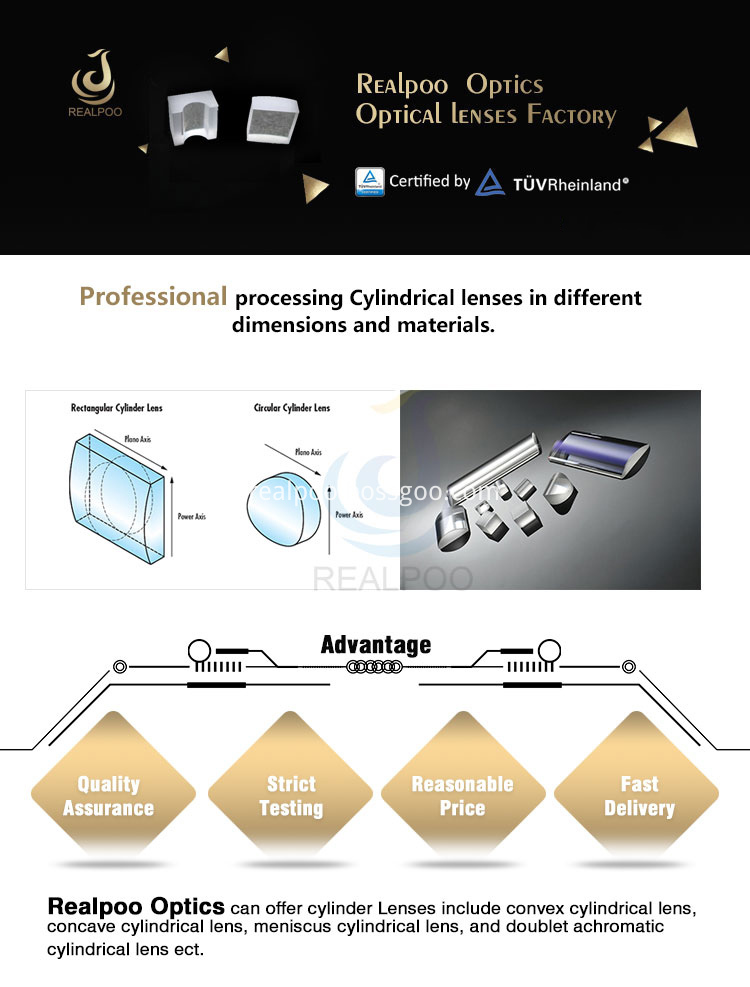
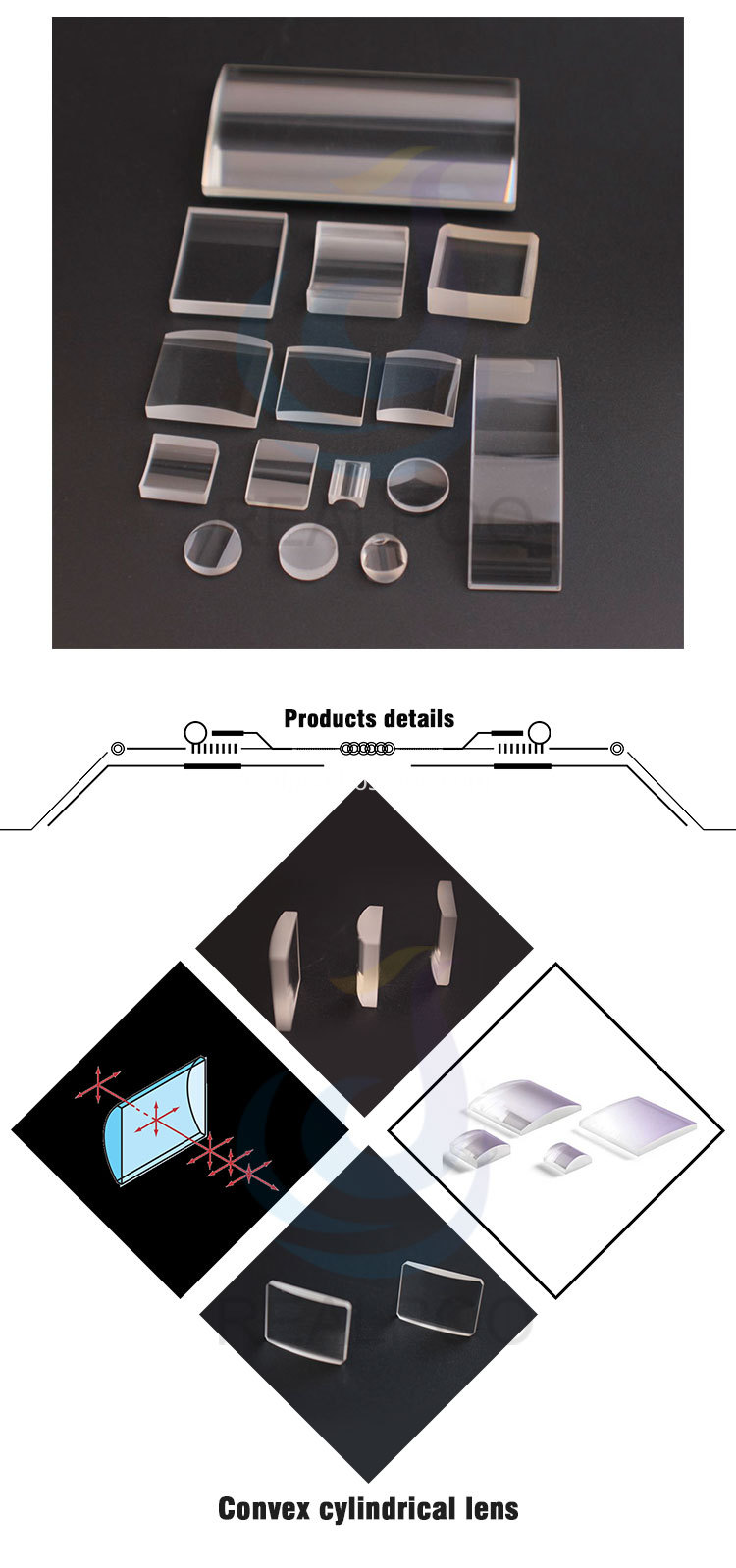
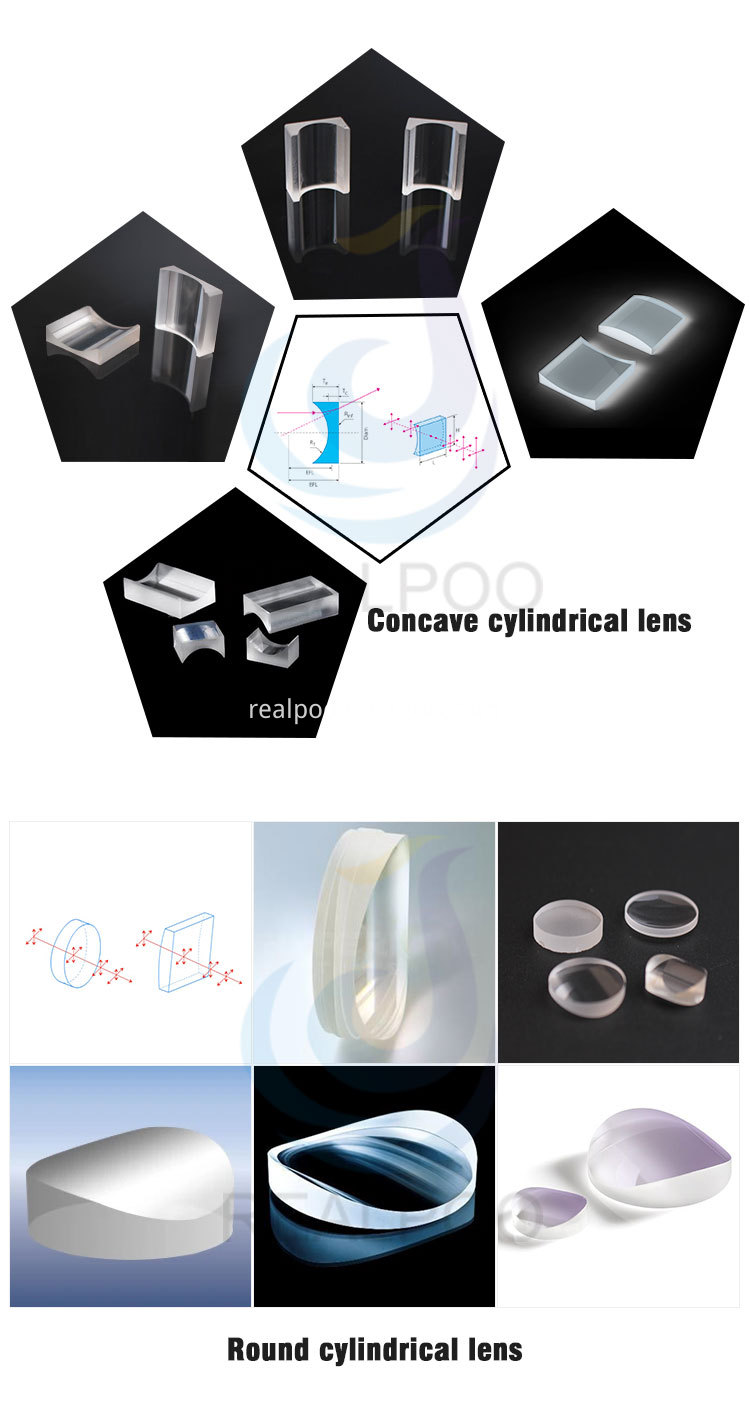
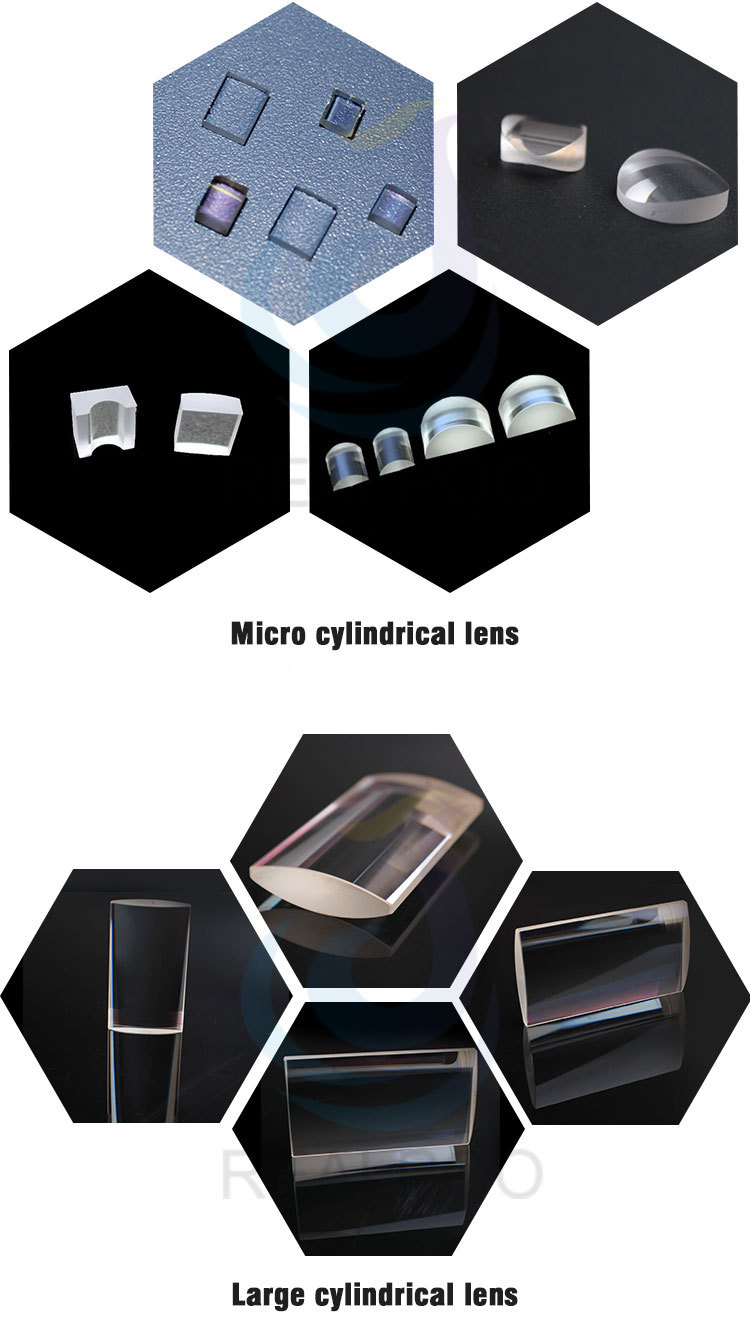
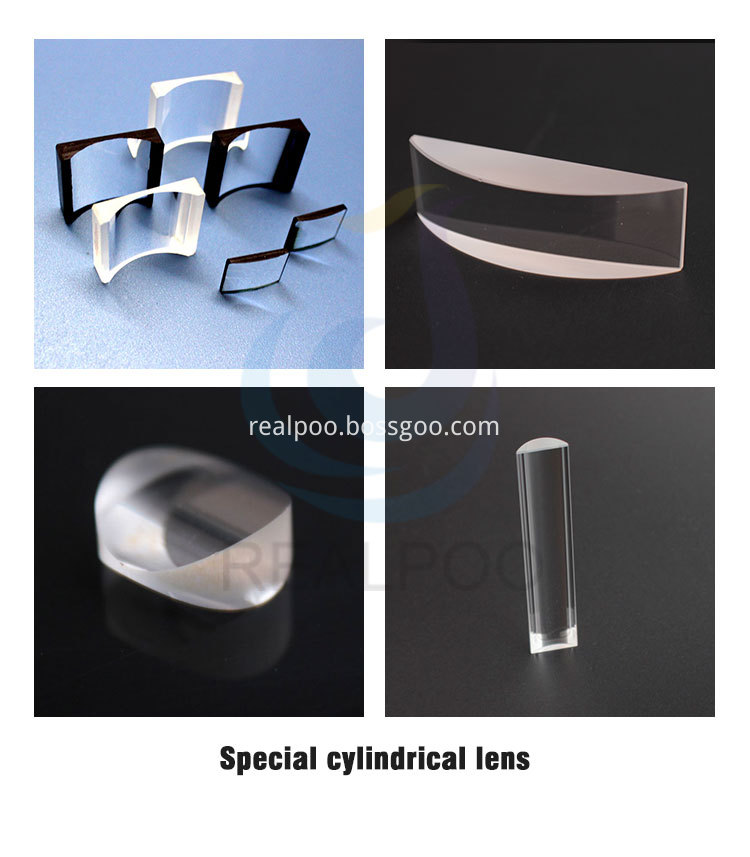
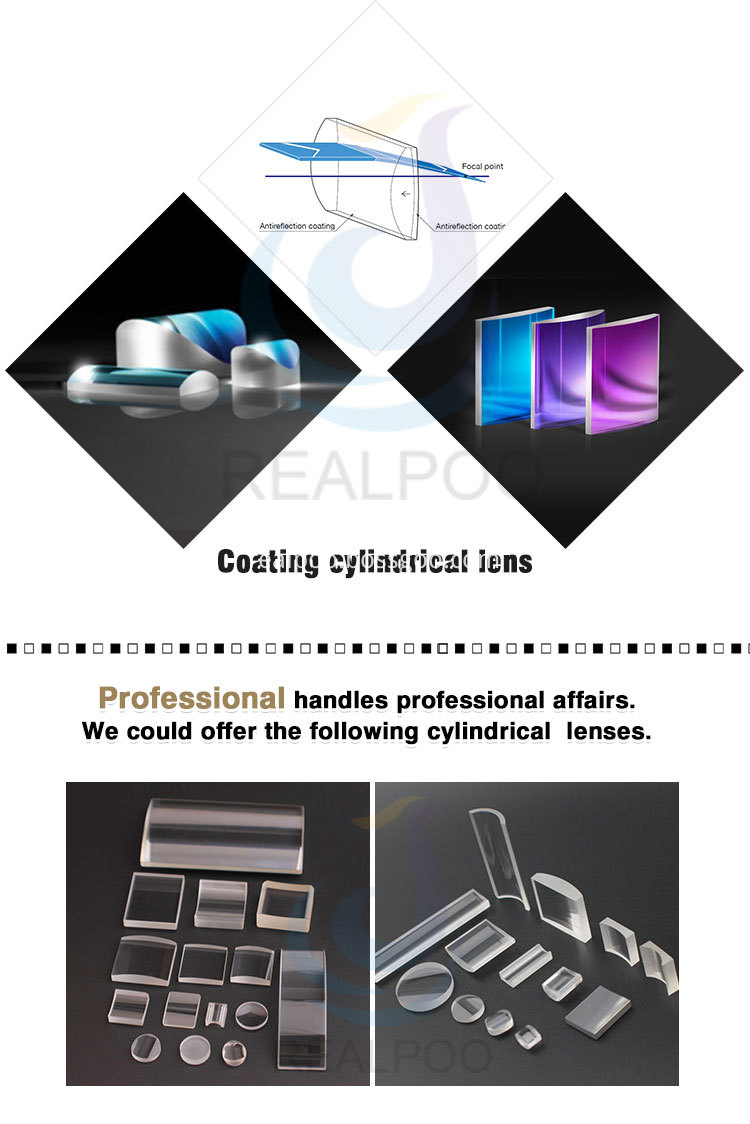
Cylindrical lenses,Positive cylindrical lenses, Line Light,Laser Focusing Lenses,Negtive cylindrical lenses
Changchun Realpoo Photoelectric Co., Ltd. , https://www.optics-realpoo.com